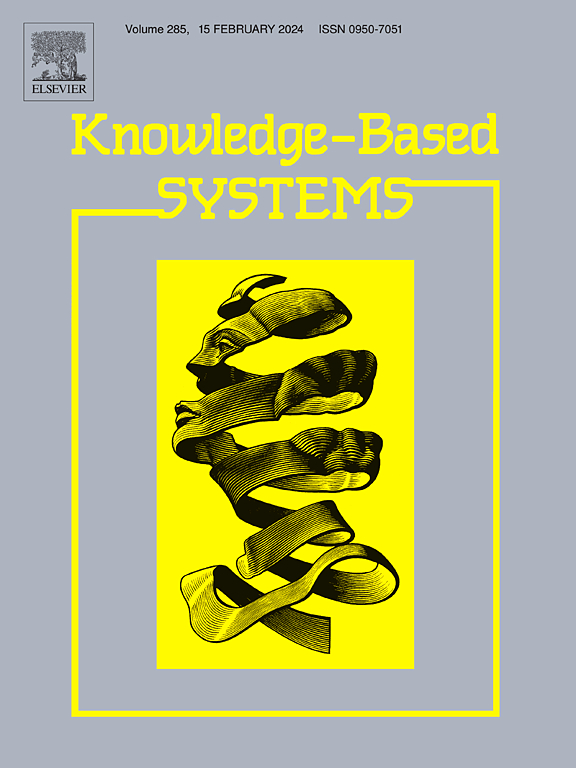通过带有比例测量和高频增强功能的图卷积网络提升点云理解能力
IF 7.2
1区 计算机科学
Q1 COMPUTER SCIENCE, ARTIFICIAL INTELLIGENCE
引用次数: 0
摘要
基于图形的方法通过捕捉局部几何关系,在点云理解方面表现出卓越的性能。然而,现有的方法往往难以表征局部图的整体空间尺度。此外,它们无法有效捕捉节点之间的差异,而这种差异对于区分不同类别至关重要。本研究介绍的 SM-HFEGCN 是一种新型图卷积网络,它通过两个关键的创新来解决这些局限性:尺度测量和高频增强。首先,我们从邻域的对角向量中引入了空间尺度特征,它是与本地点云的几何形状和密度相关的独特图特定属性。该特征可以描述本地点云的整体空间尺度。其次,我们增强了捕捉节点变化的高频信息,并将其与平滑信息整合,以同时表示节点之间的差异和相似性。大量实验证明了 SM-HFEGCN 在点云分类和分割任务中的有效性。本文章由计算机程序翻译,如有差异,请以英文原文为准。
Boosting point cloud understanding through graph convolutional network with scale measurement and high-frequency enhancement
Graph-based methods have exhibited exceptional performance in point cloud understanding by capturing local geometric relationships. However, existing approaches often struggle to characterize the overall spatial scale of local graphs. In addition, they fail to capture the differences between nodes effectively, which is crucial for distinguishing different classes. This study introduces SM-HFEGCN, a novel graph convolutional network that addresses these limitations through two key innovations: scale measurement and high-frequency enhancement. First, we introduce a spatial scale feature derived from the diagonal vectors of the neighborhood, which serves as a unique graph-specific property related to the geometry and density of the local point cloud. This feature can characterize the overall spatial scale of the local point cloud. Second, we enhance the high-frequency information to capture node variations and integrate it with smoothed information to represent the differences and similarities between nodes simultaneously. Extensive experiments demonstrate the effectiveness of SM-HFEGCN in point cloud classification and segmentation tasks.
求助全文
通过发布文献求助,成功后即可免费获取论文全文。
去求助
来源期刊

Knowledge-Based Systems
工程技术-计算机:人工智能
CiteScore
14.80
自引率
12.50%
发文量
1245
审稿时长
7.8 months
期刊介绍:
Knowledge-Based Systems, an international and interdisciplinary journal in artificial intelligence, publishes original, innovative, and creative research results in the field. It focuses on knowledge-based and other artificial intelligence techniques-based systems. The journal aims to support human prediction and decision-making through data science and computation techniques, provide a balanced coverage of theory and practical study, and encourage the development and implementation of knowledge-based intelligence models, methods, systems, and software tools. Applications in business, government, education, engineering, and healthcare are emphasized.
 求助内容:
求助内容: 应助结果提醒方式:
应助结果提醒方式:


